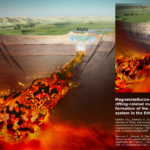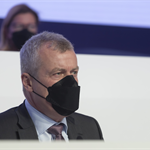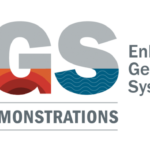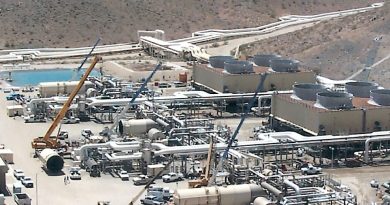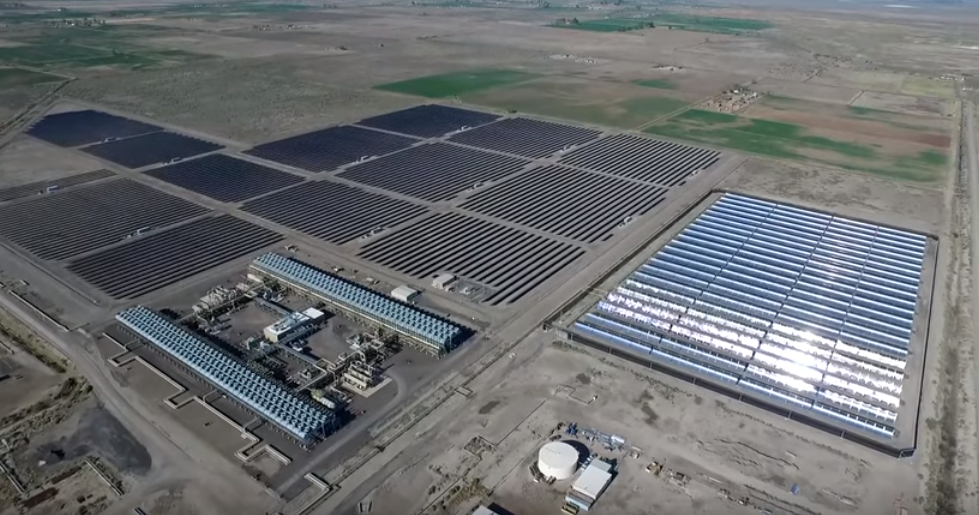Study models mechanisms of induced seismicity at the Basel EGS site, Switzerland
Energy Disrupter
A recently published study presents a model that simulates the mechanisms that may have caused induced seismicity at the EGS project in Basel, Switzerland.
Researchers from the Mediterranean Institute for Advanced Studies (IMEDEA CSIC-UIB), and the Institute for Environmental Diagnosis and Water Studies (IDAEA-CSIC), and the University of Colorado (USA) have published a study on a proposed model that aims to explain the mechanism that resulted in induced seismicity at Basel, Switzerland during and after the stimulation phase of the EGS project from back in 2006.
The study “Poroelastic stress relaxation, slip stress transfer and friction weakening controlled post-injection seismicity at the Basel Enhanced Geothermal System” by Boyet, De Simone, Ge, and Vilarrasa has been published in the Communications Earth & Environment journal and is available on open access (https://doi.org/10.1038/s43247-023-00764-y).
History of the Basel EGS project
Enhanced Geothermal Systems (EGS) projects involve the circulation of fluid to create new fracture networks that will allow the fluid to absorb heat from the subsurface and carry it to surface facilities. Micro-seismicity is generally expected during such activities, but at least two documented cases have resulted in cancellation of projects because of the generation of felt induced earthquakes.
During hydraulic stimulation of the Deep Heat Mining Project in Basel, Switzerland, event magnitudes of up to ML 2.6 were recorded. Operations were then stopped, but an event of ML 3.4 was recorded 5 hours after the well had been shut-in. This felt post-induced seismicity led to the abandonment of the project. The borehole was again opened by 2017 to release its pressure.
Proposed mechanisms and numerical model
Through the years, numerous studies have been done to explain the observed seismic response in Basel. Different mechanism had been proposed, but a model that reproduces the spatio-temporal observation of seismicity is still missing.
The new study proposes simultaneous simulation of three potential causal mechanisms of induced seismicity – pore pressure diffusion, poroelastic stress distribution, and shear-slip stress transfer.
A model domain consisting of a plane strain 2D horizontal section intersected by a vertical injection well was used as the basis for the study. The model contains a fault network with geometry based on the interpretation of seismic event clustering in the in the range from 3750 to 4750-m deep. The 2D geometry represents a horizontal plane of 3.61 square km located at approximately 4630-m deep, coinciding with the injection depth in the crystalline basement at Basel.
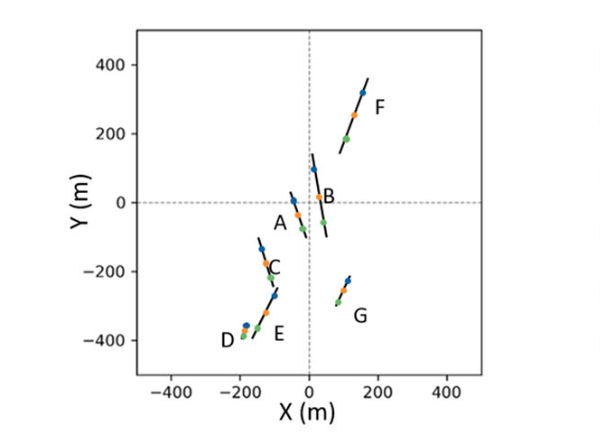
Results of numerical modeling
The simulations show that pore pressure diffusion remains as the main triggering mechanism for induced seismicity. However, this phenomenon alone does not sufficiently explain fault activation that mirrors the actual events at the Basel EGS site. By accounting for poro-elastic stressing and non-elastic behavior (i.e. shear-slip stress transfer), the researchers were able to create a more coherent model that matches temporally and spatially with observed induced seismicity.
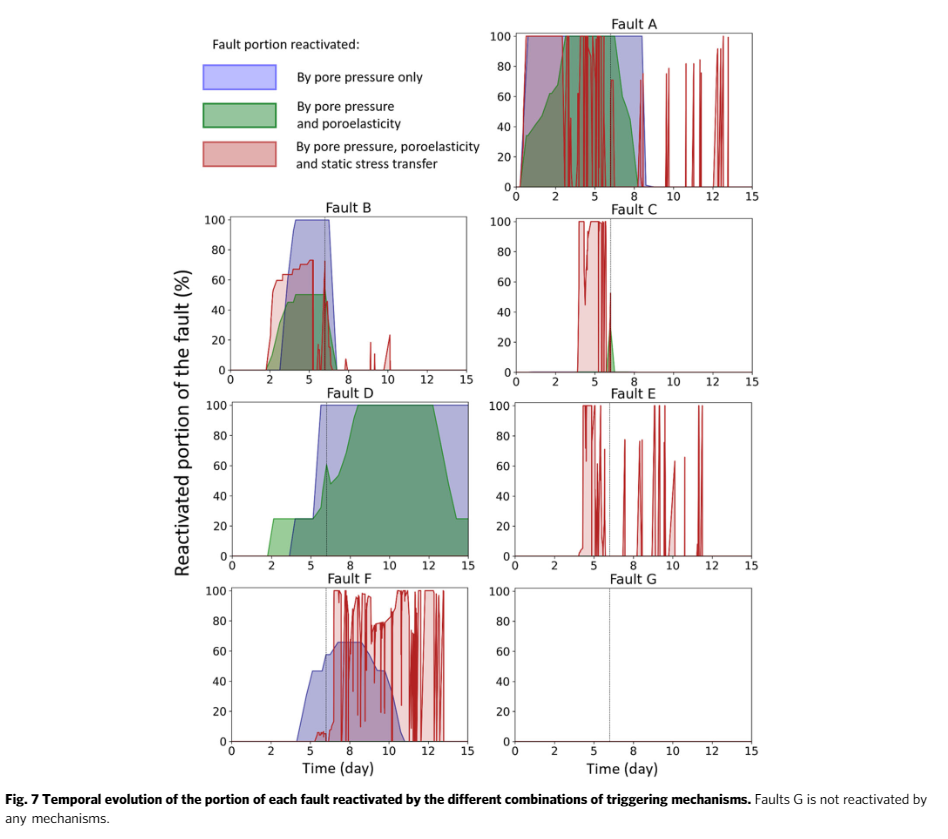
The figure above shows the portion of each fault that becomes activated by pore pressure effects, poroelastic effcts (pore pressure changes and induced poromechanical stress), or the combination of poroelastic effects and stress transfer. It shows that pore pressure has a greater impact of the stability of the faults located near the injection well (Faults A and B) and a minor impact after shut-in. Poroelasticity affects a wider region but can either promote (Faults B and C) or hinder (Faults A and F) fault activation. Static stress transfer is responsible for the reactivation of faults that are not destabilized by the effects of pore pressure and poromechanical stresses (faults C and E).
Pore pressure diffusion and poromechanicalstress combined are the main triggering mechanisms during injection. Poroelastic stresses can either stabilize or destabilize faults during injection, and cause the opposite effect after the stop of injection as they rapidly diminish with pore pressure drop. After the stop of injection, pore pressure continues to advance further, leading to pore pressure increase far away from the well, which may induce some seismic events. Shear-slip stress transfer becomes dominant after the stop of injection, especially in faults far away from the injection well
Model provides better understanding, but is still not perfect
Despite a more successful modeling approach, the results of the study do not fully identify the triggering mechanism at Basel, given that they still cannot fully explain the reactivation of all faults, particularly Faults D and G. The largest event, which occurred at fault C shortly after the stop of injection, is also not captured by the numerical model.
Still, the novel analysis of the induced seismicity at Basel represents a substantial step forward in understanding the physical processes that may result in induced seismicity caused by hydraulic stimulation. This improved understanding of the causal mechanisms of induced seismicity in EGS will contribute to have a better forecasting capability of induced seismicity and to come up with stimulation protocols that mitigate induced earthquakes, which are key points for the widespread development and management of geothermal projects.
Source: Communications Earth & Environment



